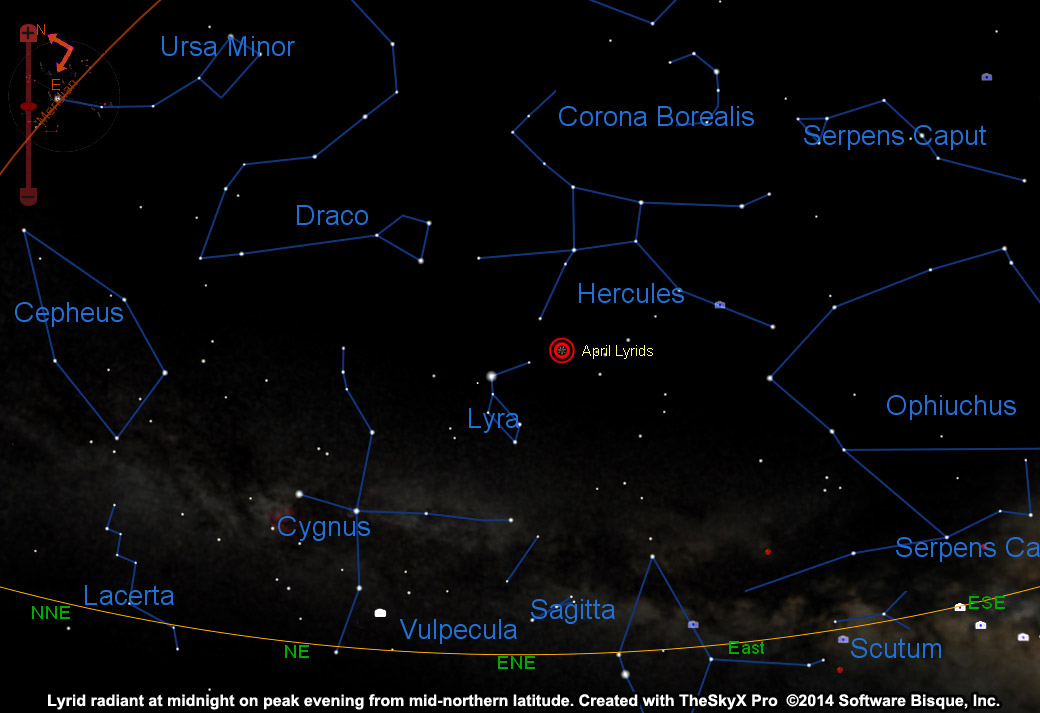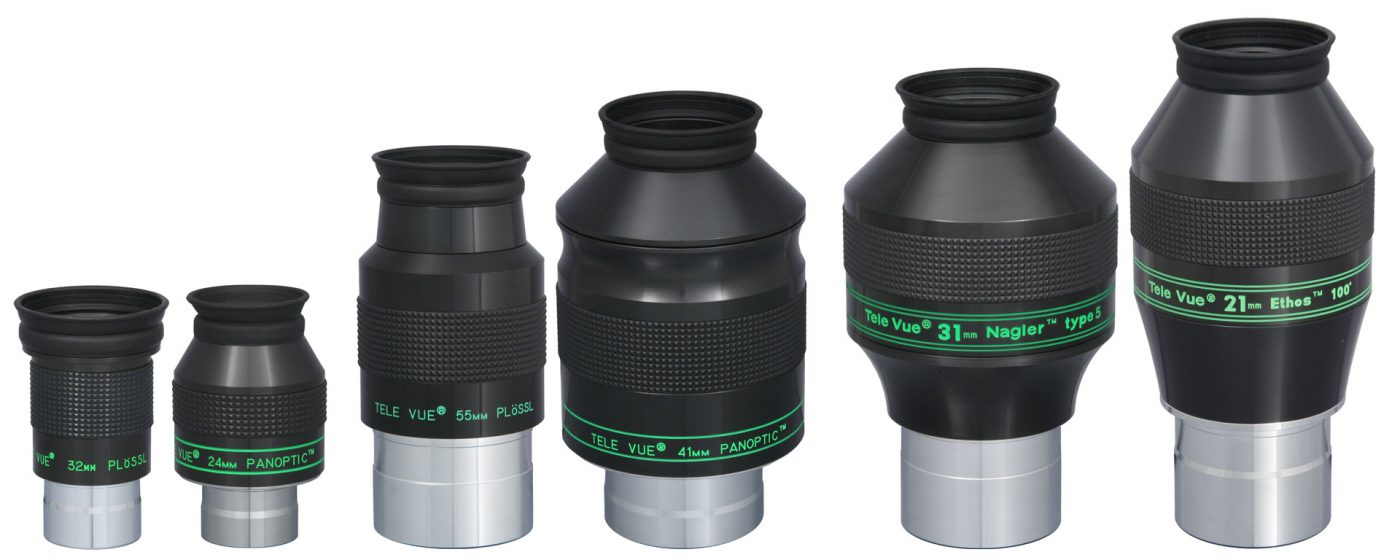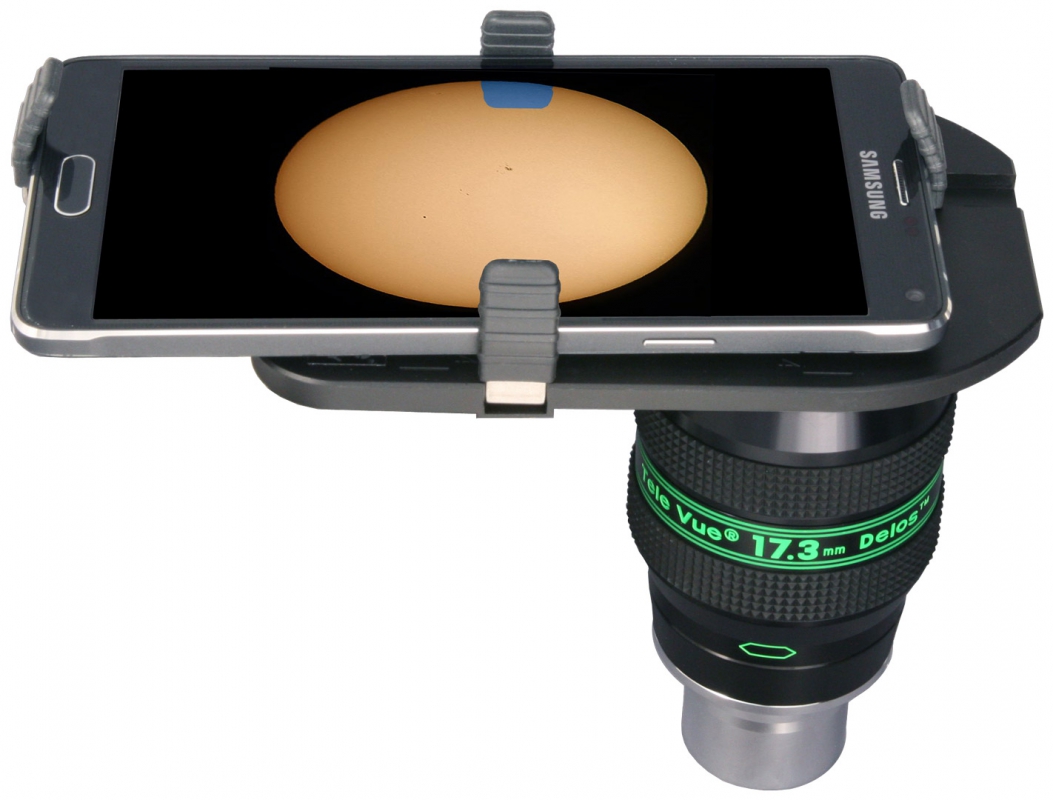2022: Early Spring Events

Messier Marathon Second Window
The Moon is new on March 31st and that opens a rare second observing window for the Messier Marathon this year. You can start a few days on either side of that evening in your quest to observe all the Messier objects from the northern hemisphere. See complete details on this year’s event in our 2022 Messier Marathon blog post.

Wishing you clear skies for the attempt!
Wealth and War in the Dawn Sky find Love
On April 4th, in the morning hours before sunrise, with brilliant Venus (Roman goddess of love and beauty) looking on, Saturn (Roman god of wealth and agriculture) and Mars (Roman god of war) will be only 19-minutes of arc apart in Capricornus. At only a third of the Moon’s width, this is close enough that both will fit within the same eyepiece field of view in an amateur telescope.

Venus will be a beacon in the morning sky, at -4.27 magnitude (and 21″ angular diameter), to draw your attention to the conjunction main event. Saturn is the brighter of the conjuncting pair at 0.85 magnitude with Mars a tad dimmer at 1.05 magnitude. Both are small with Saturn at 16″ angular diameter and Mars only a pinpoint at 5″ diameter.
It is best to start observing the planets each morning, starting a few days before the event, to appreciate this dance of the planets. Make sure to use the #televue hashtag if you post to social media your pictures and observations of this conjunction (see info block at bottom of page).
Late-April Comet Dust
Debris from Comet Thatcher (C/1861 G1) powers the yearly Lyrids meteor shower. This ancient shower was first observed 2,700 years ago, but the comet was only cataloged in 1861 and takes 415 years to orbit the Sun. This year, the Lyrids peak on April 22nd (19 UT) but the 67% waning Moon will drop the curtain early on the show when it rises around 2 am local time that night. With the shower radiant rising in the northeast about an hour after sunrise, you’ll have several moonless hours to greet the peak ahead of the Moon. Also, due to the shower being spread out over time, you can observe for a few days after the peak when the Moon rises later and dimmer.

Though it is associated with the constellation Lyra, the radiant is a few degrees over in the constellation Hercules. The Lyrids are an average shower (peak is 20/hr on the zenith under best conditions) that is known to produce bright meteors with glowing dust trails. Expect to see a meteor every few minutes. Recent records indicate an outburst in activity from time to time. The best guess as to the next outburst is in the year 2042 — but meteor showers don’t read forecasts!

Autumn in April Partial Solar Eclipse
Let’s recall that April coincides with early-Autumn in the southern hemisphere. On April 30th a partial solar eclipse will visit the skies of the southern part of South America, the adjoining Pacific and Atlantic Oceans, and down to the waters and coast of West Antarctica. The deepest eclipse is from the tip of South America to waters west of the Antarctic Peninsula, where over half of the Sun will be covered. As you can see from the animation from the NASA Goddard Space Flight Center Eclipse Web Site, this partial eclipse begins in Antarctic waters at sunrise and ends with the sun setting over South America. Note that eclipse glasses or other solar view aids are a must as there will be no totality to observe by the naked eye. Check your local media for eclipse times.
Did you observe, sketch, or image with Tele Vue gear? We’ll like your social media post on that if you tag it #televue and the gear used. Example:
televue #tv85 #conjunction #saturn #mars
Do you want your Tele Vue images re-posted on Tele Vue Optics’ Social Media accounts? Use this hashtag for consideration:
#RPTVO





